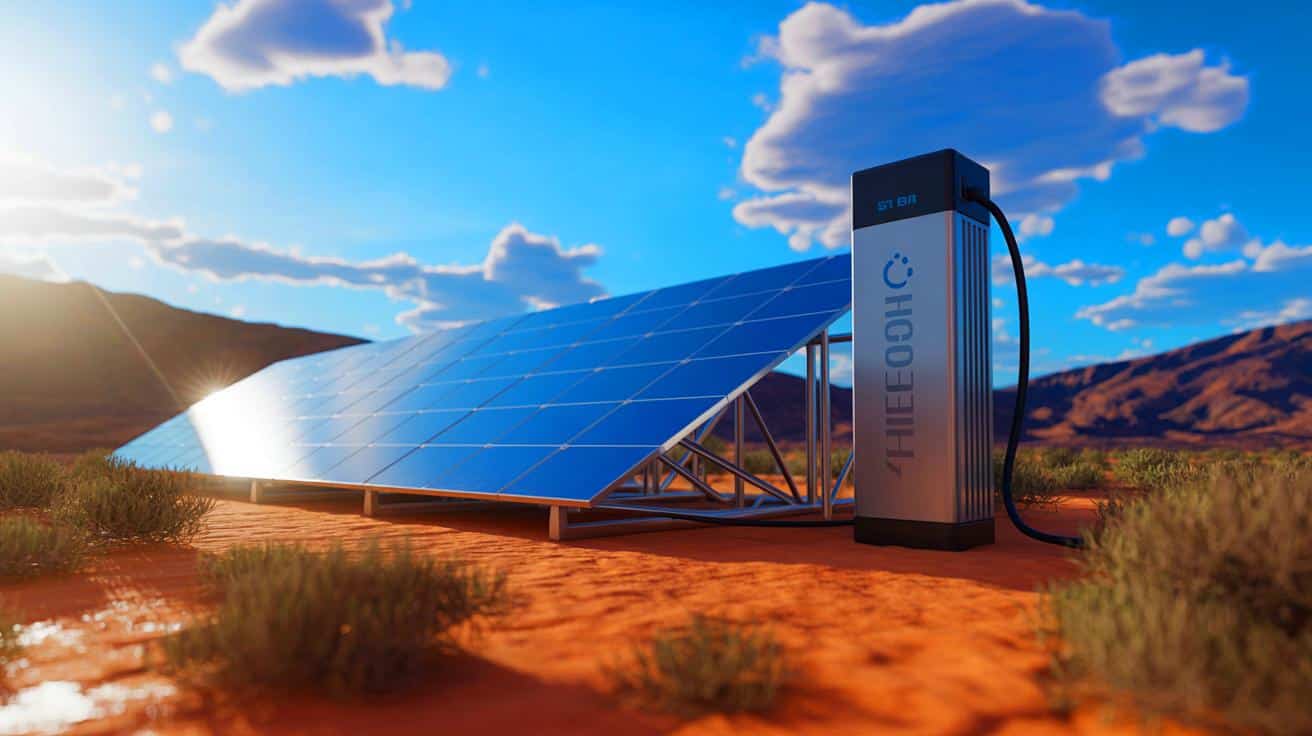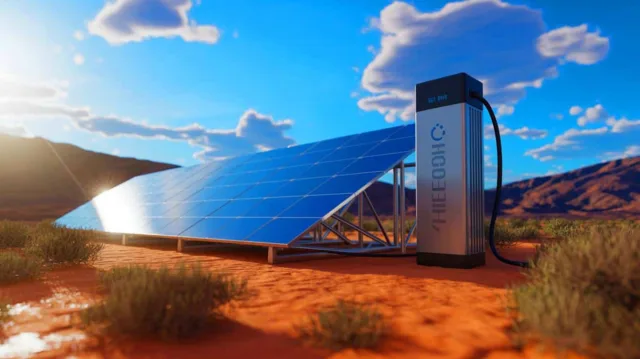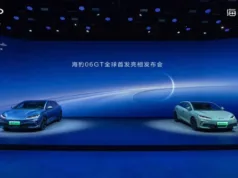
| IN A NUTSHELL |
|
In an era where sustainable energy solutions are crucial, a team of researchers in China has made a significant breakthrough. They have developed a solar-powered system capable of producing green hydrogen directly from atmospheric moisture. This innovation, led by Professor YIN Huajie at the Hefei Institute of Physical Science, promises to revolutionize hydrogen production, particularly in areas with limited water resources. By combining atmospheric water harvesting with advanced electrolysis methods, the system offers a self-sustaining approach that could transform energy systems globally. The implications of this development are vast, potentially paving the way for cleaner, more accessible energy alternatives.
Combining Water Harvesting and Electrolysis
The innovation lies in the combination of two cutting-edge technologies: atmospheric water harvesting and proton exchange membrane electrolysis (PEMWE). PEMWE is renowned for its efficiency in producing pure hydrogen, yet it traditionally requires significant amounts of purified water, which poses a challenge in regions where water is a scarce resource.
To address this limitation, the research team utilized atmospheric water harvesting (AWH) to capture moisture directly from the air. This is achieved through a specially designed hierarchically porous carbon material that efficiently absorbs water. The absorbed water is then evaporated using solar heat and directed into a custom-built electrolyzer to produce hydrogen. This innovative use of porous carbon, enhanced through template synthesis and calcination, optimizes its moisture-attracting capabilities, making the system remarkably effective.
High Performance Even in Dry Conditions
Laboratory tests have demonstrated the system’s remarkable performance, maintaining stable water collection and evaporation even in low humidity conditions of around 20%. When the humidity level reached 40%, the system was capable of producing nearly 300 milliliters of hydrogen per hour. Such efficiency highlights its potential for widespread application.
Moreover, the system exhibits excellent cycle stability, indicating it can operate consistently over extended periods without degradation. The field tests further validated its capabilities, showcasing continuous green hydrogen production using only solar energy. This process is entirely clean, producing zero carbon emissions, and requires no external power source, making it an ideal solution for sustainable hydrogen production.
A Pathway for Water-Scarce Regions
This breakthrough opens new avenues for hydrogen production in water-scarce regions. By relying solely on sunlight and air moisture, the system provides a sustainable and environmentally friendly energy source for remote or arid areas. The project, supported by the National Natural Science Foundation of China and the Collaborative Innovation Program of Hefei Science Center, represents a significant step forward in the quest for clean energy solutions.
The researchers hope their design will inspire further advancements in hydrogen production worldwide, reducing dependency on water and electricity. Their findings, published in the journal Advanced Materials, underscore the potential for this technology to transform the global energy landscape.
Implications for the Future of Clean Energy
The potential impact of this solar-powered hydrogen production system is substantial. It offers a path toward reducing reliance on fossil fuels and minimizing carbon emissions, contributing to global efforts to combat climate change. By enabling hydrogen production in areas previously deemed unsuitable, this technology could play a critical role in diversifying energy sources and enhancing energy security.
Furthermore, the system’s self-sustaining nature and environmental benefits make it a compelling option for countries seeking to transition to greener energy solutions. As the world continues to grapple with the challenges of climate change and resource scarcity, innovations like this provide hope for a more sustainable future.
As this groundbreaking technology continues to develop, one crucial question remains: How will industries and governments worldwide adapt and integrate such innovations to meet the growing demand for clean energy?
This article is based on verified sources and supported by editorial technologies.
Did you like it? 4.5/5 (27)
Source: energy-reporters.com









